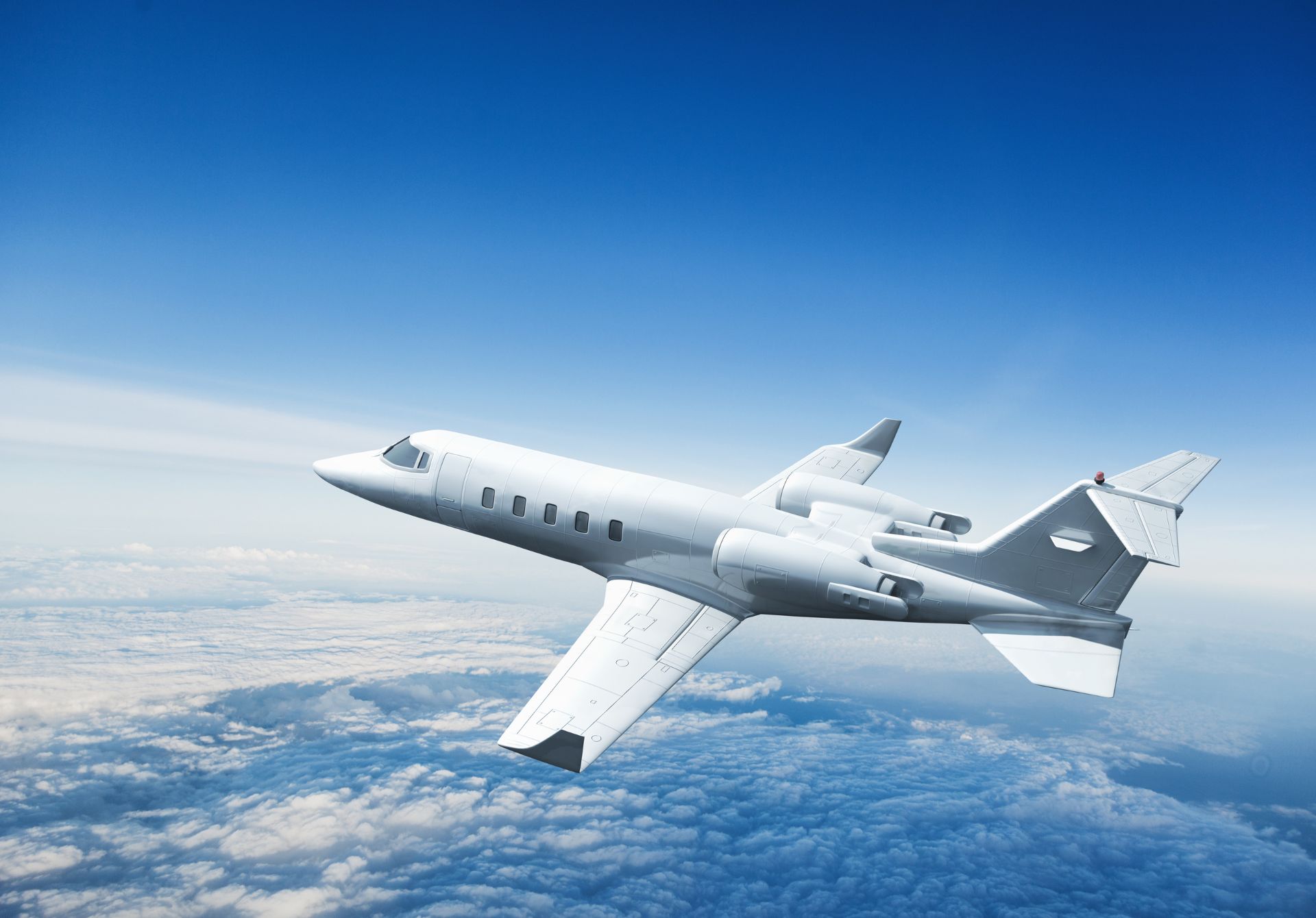Many passengers who fly long haul wonder why aircraft don’t often fly in a straight line from point A to point B. This is especially true of flights over the Pacific Ocean where, for example, there does seem to be a sensible straight line between Melbourne and LA. While flying in such a way might seem like the perfect path, there are several reasons to avoid flying in this way, such as safety, efficiency, winds, and airspace. In the paragraphs below, these reasons will be explored in further detail.
1. Passenger and Crew Safety Considerations
The Pacific Ocean presents significant challenges if there is an in-flight emergency, such as an engine failure, medical emergency, or cabin depressurization.
- Lack of Emergency Landing Options: When flying over land, if something were to happen, there would be plenty of airports where the plane could land in an emergency. However, if something happens over the Pacific, the only alternatives would be a few remote islands or a couple of military airstrips.
- ETOPS Restrictions (Extended-range Twin-engine Operational Performance Standards): Aircraft flying long distances over water must obey ETOPS (extended-range twin-engine operational performance standards), which requires any twin-engine plane to remain no more than a certain distance from a suitable airport. Thus, twin-engine aircraft cannot fly directly across too much of the Pacific Ocean.
- Rescue and Recovery Challenges: Search and rescue will be more difficult if a plane goes down over the water, far from any coastline, and might require more cooperation between coast guards, navies, and air-traffic control agencies.
2. Flight Efficiency: Exploiting Wind Patterns
Airlines must get the best fuel efficiency, so they plan flight routes to make use of jet streams and other favourable winds.
- Jet Streams Impact Flight Routes: Jet streams are strong winds at high altitudes. Planes flying between Asia and North America or vice versa often take advantage of the latitudinal westerly jet streams to reduce flight time and fuel consumption. Flying across the Pacific against the winds would entail longer travel time and higher fuel consumption.
- Great Circle Routes: Rather than straight lines on the flat map, pilots use the Great Circle route, which takes into account the curvature of the Earth. Flights between continents might seem to avoid the Pacific Ocean but actually follow curved paths over the Arctic or the North Pole, where they are more fuel-efficient.
3. Weather and Turbulence Avoidance
- Bad weather in the Pacific Ocean, which is known for its unpredictability, can affect passengers’ safety and comfort.
- Turbulence Over Open Waters: Flights over the Pacific are more turbulent because there are fewer features, such as mountains, to stabilize the airflow. There are also many more thunderstorms, more often over the Pacific (especially in the tropics).
- Hurricane and Typhoon Season: At certain times of the year, some routes have to be avoided over the Pacific because they can’t fly over a Pacific storm system. Storms come and go, and it is very dangerous to fly through a mountain range in the middle of a storm. So if there is the option to plan a route over continental land, that’s a much better option.
4. Regulatory and Airspace Restrictions
The paths of international aircraft are governed by air traffic control systems and airspace regulations.
- Limited Radar and Communication Coverage: Radar and communications coverage over oceans such as the Pacific is also quite sparse, which makes it harder to monitor flights in real-time. This is another reason why airlines tend to prefer more populated routes.
- Airspace Agreements: Airspace agreements between countries must be considered when planning flights; it might make sense to fly over central-northern countries such as Canada from Asia to North America instead of flying more of the open ocean.
5. Fuel Management and Operational Constraints
Fuel efficiency and operational practicality are significant for airlines, especially for long-haul flights.
- Fuel Stops and Weight Restrictions: Sometimes, the fuel needed for direct flights across the Pacific can weigh down the planes. It makes more sense to stop at airports on less direct routes to refuel, making the flight safer and more economical.
- Cargo Considerations: In addition to passengers, cargo is carried by passenger planes. Taking more direct routes over landmasses makes it easier to deliver freight as it does not incur any delays or extra costs that may be due to unplanned ocean routes.
For safety, operational efficiency, and other factors, most planes choose to avoid the Pacific Ocean, even if such flying would take less time. While it may seem weird, the paths that planes fly – whether through the Arctic or hugging the coast belt – are the best ones for the passengers because they are predetermined and optimized. In the context of modern aviation, flying over or near the Pacific is avoided for the sake of safety and operational efficiency. So, the next time you look at your flight plan and see that it appears to be “avoiding” the ocean, understand that it is all part of a cohesive design to optimize your travel experience.

